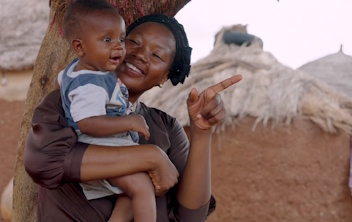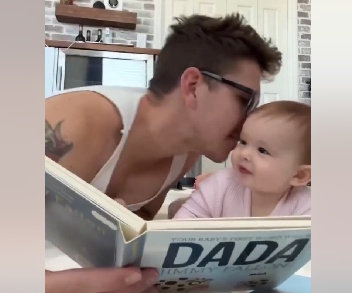Interações Cuidador-Criança – República do Quirguistão
Filmado na República do Quirguistão, este vídeo em português inclui 7 cenários de cuidadores e crianças sem narração. O que você observa nessas interações? Você consegue identificar exemplos de serve (a criança envia uma pista ou sinal) e retorno (o cuidador responde)? Você consegue identificar exemplos de brincar e comunicar? Read More →










